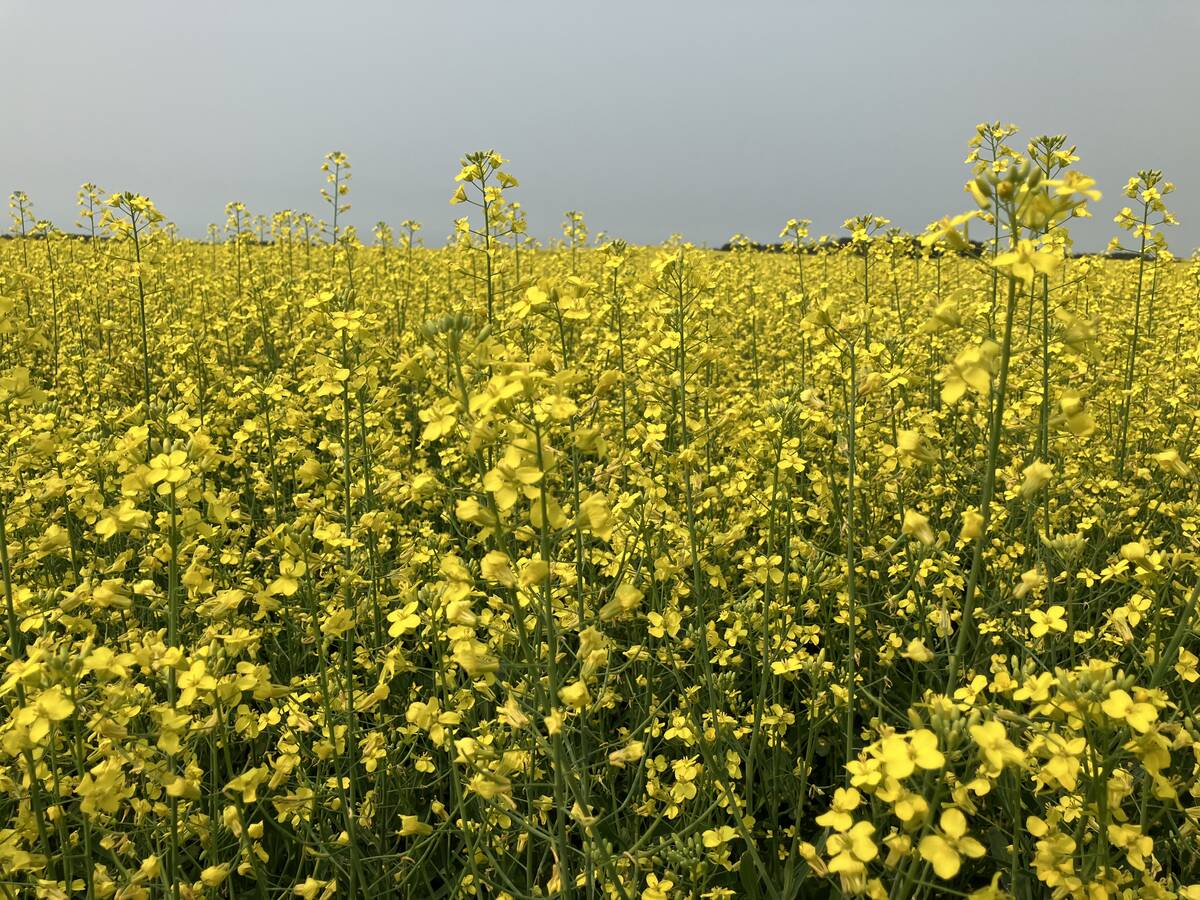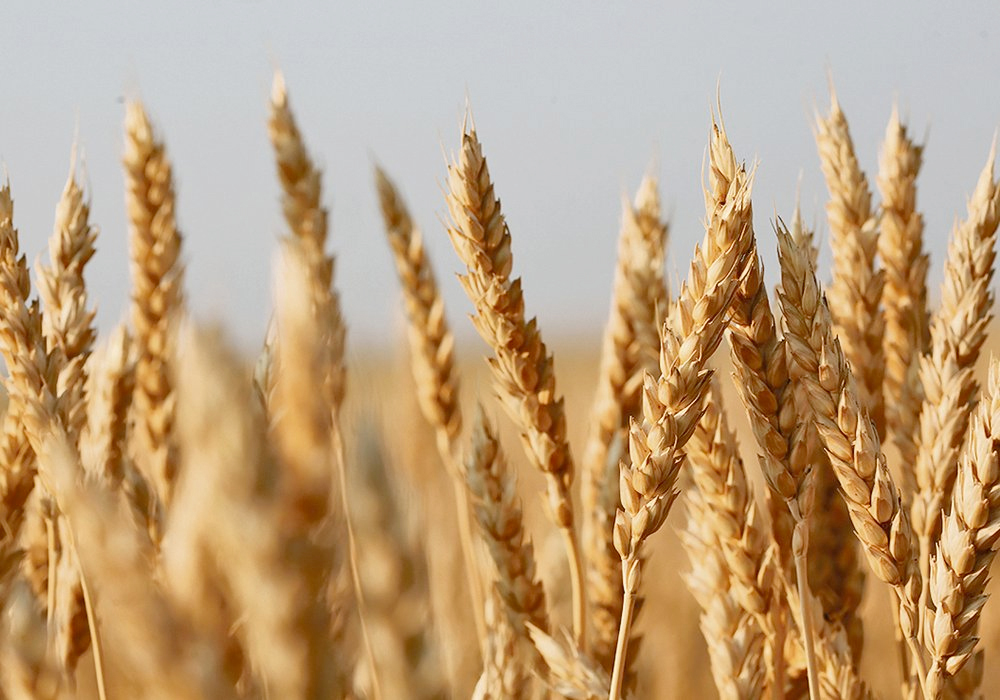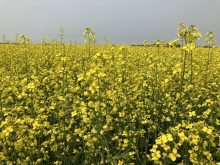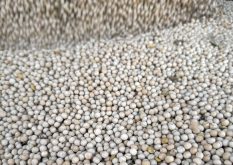There’s nothing more damning (to my profession) than the phrase, “no news is good news.”
It is usually uttered by medical folks who have just poked, probed, scanned, scoped or biopsied something in you as a way of saying that you shouldn’t expect to hear anything from them unless it’s bad.
Then you get to live in fear of the phone for a few weeks, till you forget all about whatever it was.
But so often, all of our actual news media news is exactly like that. Anything you hear is likely to be something that outrages you, one way or another. Much of the information is nothing but a litany of complaints, whines and denunciations, with everything described as a “crisis.”
Read Also

Avoid bargain-basement canola markets to ease tariff damage
China’s canola tariffs aside, the global oilseed complex has eased to a lower price level and is likely to stay there for now — that is, unless problems develop with crops in the U.S. or South America.
It can obscure the reality that most things right now are pretty good.
Last week I wrote about the U.S. bank failures, now joined by Credit Suisse, which might be the beginning of a global banking and credit crisis. We talk a lot about inflation and interest rates. There’s always the Russian invasion of Ukraine to get our blood boiling.
Pretty soon here at The Western Producer we’ll be focused on frost, drought, floods, bugs and product shortages.
It’s worth thinking about the things we ignore, which tend to be the things that are going well. Much of that for us involves the western Canadian crop markets.
They seem pretty quiet these days. I’m not hearing a lot of heated-up rhetoric about anything.
I’m hoping that means everything’s OK as farmers head toward seeding another crop.
At one time I and everybody covering the same things as me wrote a lot about the evolution of the western Canadian wheat, barley and durum markets in the wake of the Canadian Wheat Board’s demise. That was because problems could have been on the verge of exploding.
But that really hasn’t happened. Most people farming today seem pleased with the situation. I wandered out into the wildlands of Twitter to hear from farm folks about that, and most of them seem to have transitioned without too many problems.
That’s worth noting, despite being good news.
The alternative forms of pricing, buying and selling crops have developed in so many ways. All sorts of online marketplaces and marketing services have arisen to complement the network of brokers, traders and dealers we had a decade ago.
In just the past few weeks we’ve had announcements by FarmLink about its Grain Fox marketing system’s addition of new functions and increased depth and from AgExchange Group about its CXN360 platform’s incorporation of payments for environmentally beneficial growing practices.
We’ve had a fleet of giant grain elevators and port grain facilities added to the system.
Canola crushers are expanding and being built like mad.
Oats have found themselves — yet again — becoming the darling of the “healthy” food market with the development of oat milk.
The railways have invested massive amounts of money in boosting their systems.
Farmers have been producing crops despite some of the worst growing conditions across much of Western Canada in the last 50 years. That’s remarkable.
This is all good news and worth reporting.
Since what we call news doesn’t tend to be a noting of everything that’s going well, we probably won’t report much on this. The lack of news on most things in farming today is the silence of the phone not ringing with a call from the doctor.
But as we head into the last few weeks before gambling everything on seeding another crop, it’s good to sit quietly for a moment beside that non-ringing phone and breathe out, knowing that everything’s probably OK and the future still looks bright.
















